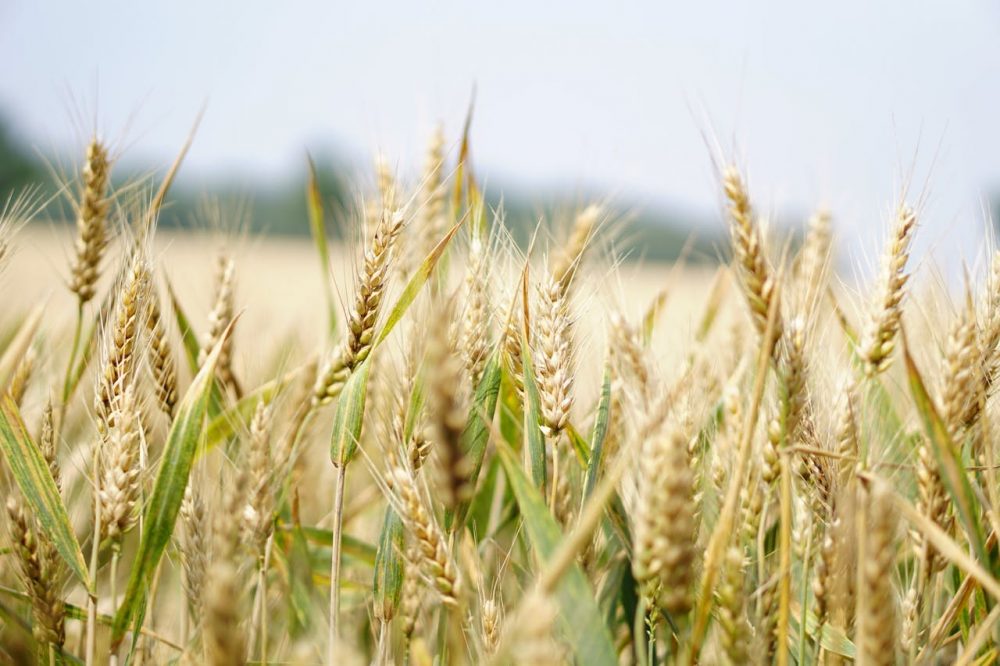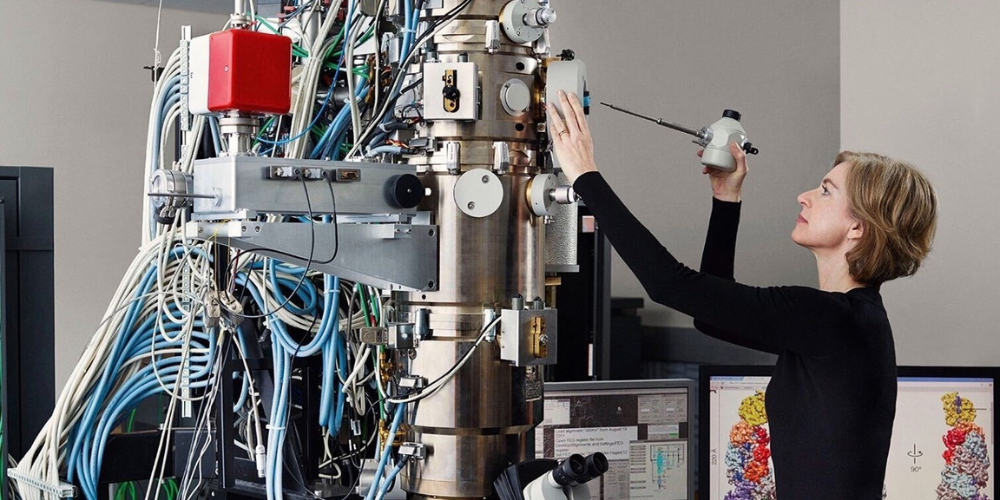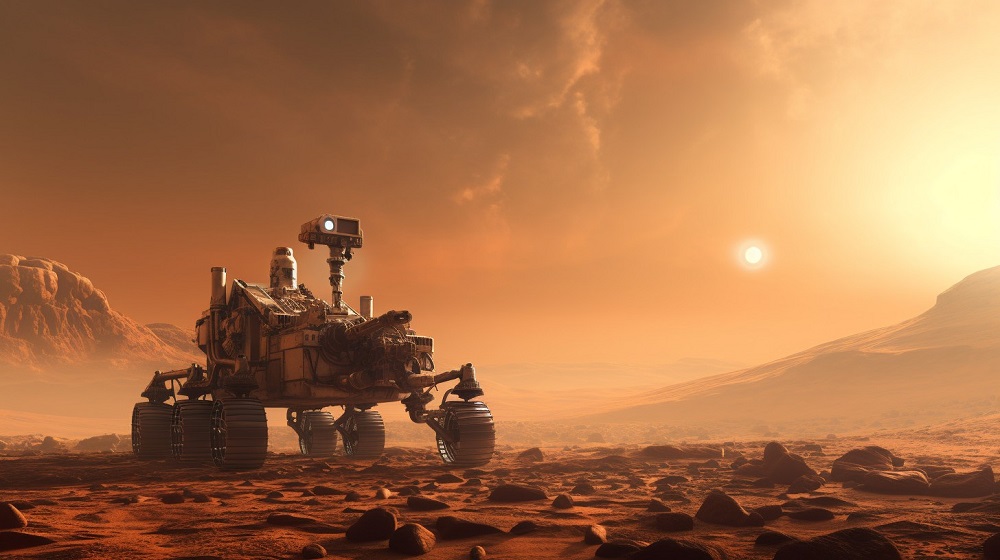Venus is everything that life would not desire on a planet: it's hot, it's dry, the air is suffocating, the surface pressure is high, the winds always blow at a gale, the skies are constantly lit by lightning, and the sun never, ever appears.
Once upon a time, Venus may have resembled the infant Earth more closely. It might not have had animal or plant life, but it almost certainly had water, maybe in the form of seas reflecting a blue sky. Conventional wisdom was that Venus' closeness to the sun - with it's orbital distance being 108 million kilometers (0.72 astronomical units), and a year on Venus lasting 225 Earth days - caused it to heat up over a few hundred million years, draining its seas and producing a runaway greenhouse effect.
Even though Venus is not the planet nearest to the sun, it has the highest temperature. It contains a dense atmosphere, including the greenhouse gas carbon dioxide and sulfuric acid clouds. The gas retains heat and maintains Venus's warmth. In fact, Venus is so hot that metals like lead would melt into puddles of liquid. Here are a few more jaw-dropping facts about Venus:
The heat is overwhelming
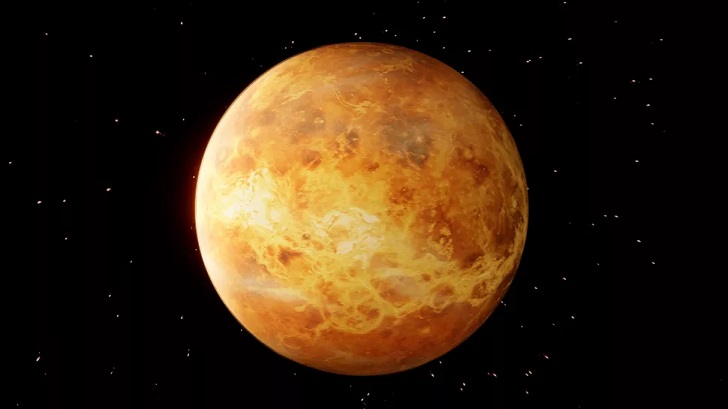
ARTUR PLAWGO/ SCIENCE PHOTO LIBRARY/ Getty Images | Venus is one of two planets that orbit the sun within the orbital path of Earth
Venus and Earth are comparable in size, but Venus's temperatures make it far less habitable. According to NASA, Venus' temperatures are sufficiently high to melt lead. Consider what they might do to you. Why is the sibling planet of Earth so hot? The atmosphere of Venus is composed of almost 96% carbon dioxide and a trace quantity of water vapor. These greenhouse gases prevent heat from escaping Venus's surface, causing temperatures between 460 and 880 degrees Fahrenheit, which are uninhabitable. Even spacecraft liquefy within hours on Venus.
Venus spins clockwise on its axis
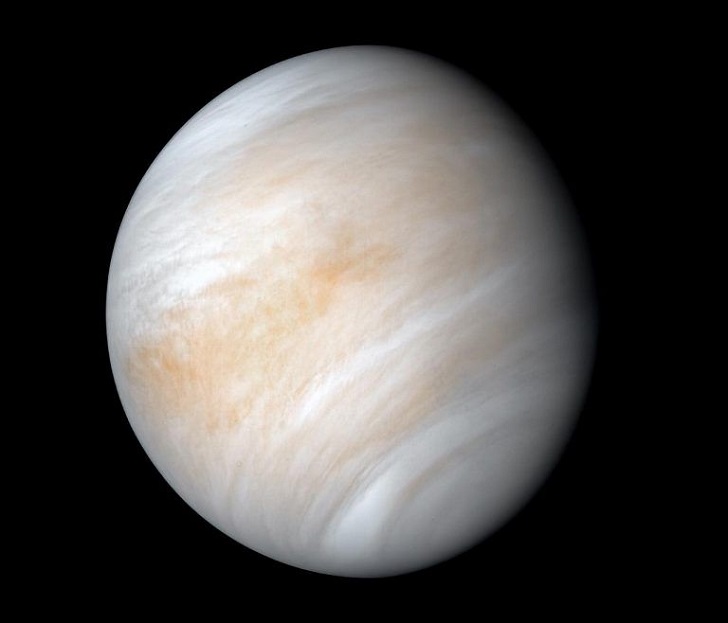
NASA/ JPL Caltech | Venus was one of the five planets—along with Mercury, Mars, Jupiter, and Saturn—known in ancient times
All other planets circle the Sun in an anti-clockwise orientation and spin counter-clockwise on their axes. Venus likewise circles the Sun in a counterclockwise direction, but its peculiar axis rotation is the result of being inverted — it was pushed out of its upright posture in its past! Astronomers think that a collision between two celestial bodies shifted Venus so much from its initial position that it is currently inverted. Uranus is the only other planet that spins in a peculiar orientation; it spins on its side, perhaps as a result of an earlier collision.
Time on Venus
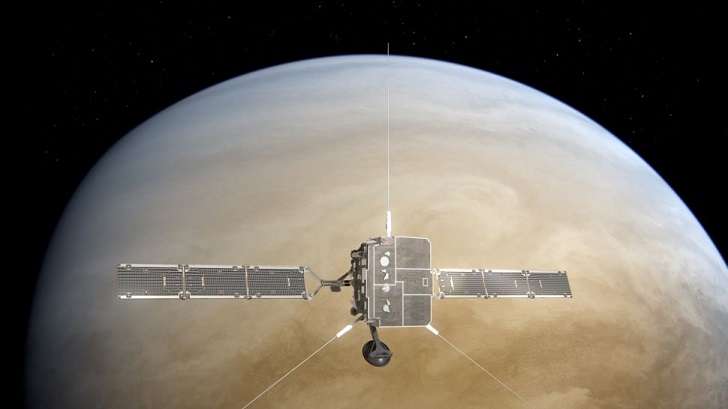
NASA/ JPL Caltech | Despite being close to Earth and having nearly the same size, Venus is another world
A planet's day is determined by how long it takes for the planet to complete one rotation around its axis. On Earth, 24 hours pass. Venus, meanwhile, requires the equivalent of 243 Earth days to complete one round around its axis. In comparison, one year is the time it takes for a planet to cycle around the sun once. Venus accomplishes this in 224 days. On Venus, a year is shorter than a day, which is odd yet true. If you were able to survive and dwell there, years would pass more quickly than days, and you would be perpetually confused about the time.

